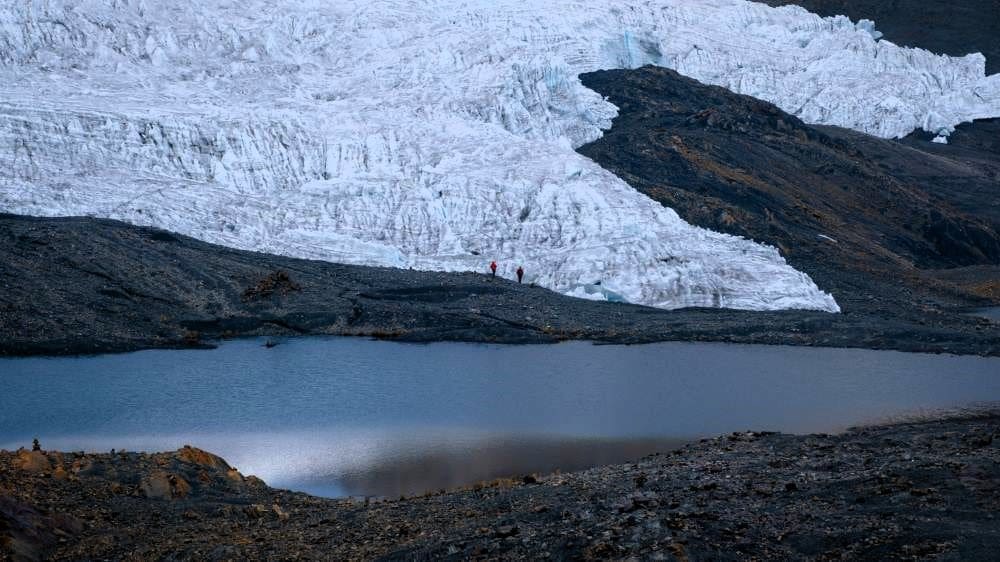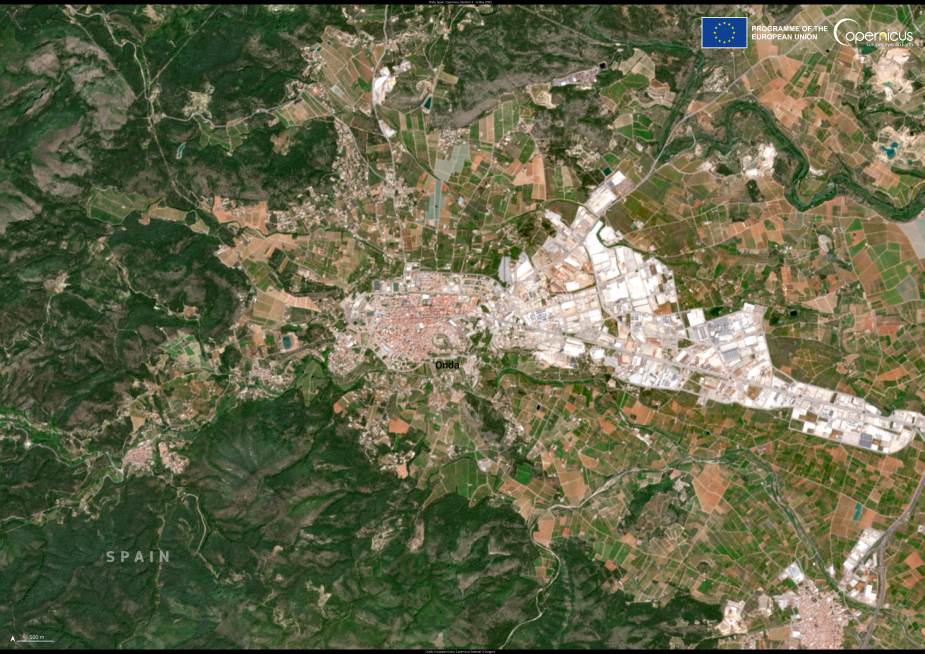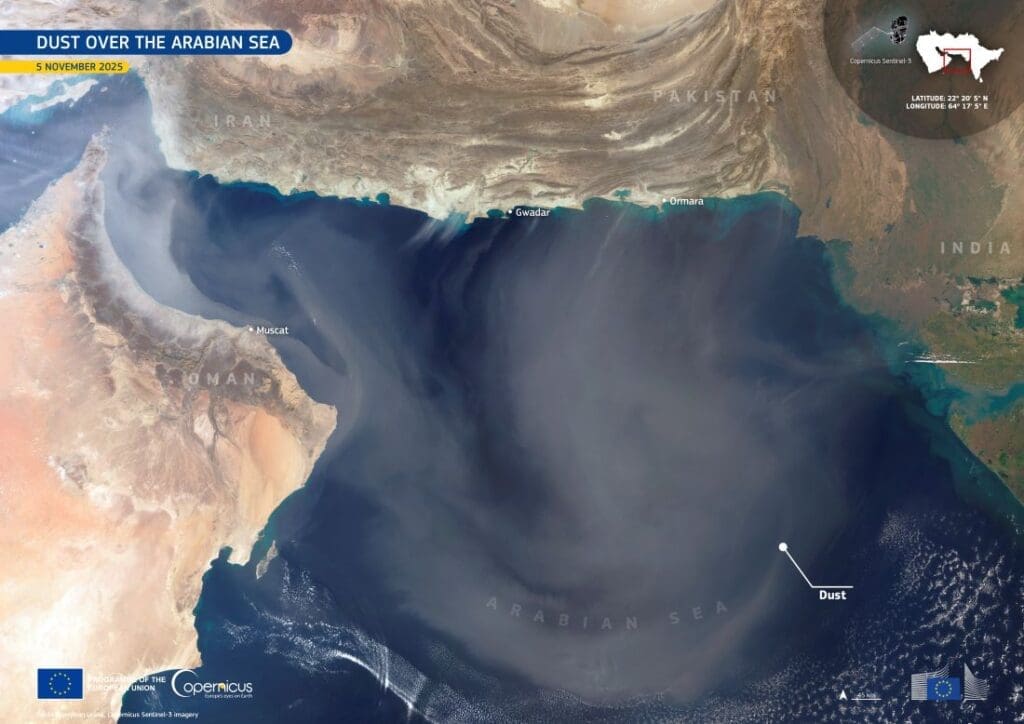Summary:
The glaciers of the Andes, a critical water source for 90 million people across South America, are shrinking at an alarming rate — thinning by 0.7 meters annually, 35% faster than the global average. This retreat threatens water supplies essential for drinking, agriculture, hydroelectric power, and industry across countries like Argentina, Chile, Peru, and Bolivia.
A new policy brief, The Future of the Andean Water Towers, will be presented at UNESCO’s first-ever World Day for Glaciers in Paris on March 21, 2025, by researchers from the Universities of Sheffield and Newcastle. The new brief, published by the University of Sheffield, warns that without urgent action to curb carbon emissions, glacier loss in the Tropical Andes could be nearly total by 2100, leaving millions without reliable water access.
Scientists emphasize that addressing global emissions and improving water management strategies are essential to mitigating the crisis.

Scientists argue we are not doing enough to curb the carbon emissions fueling climate change
Scientists from the University of Sheffield will warn policymakers that the shrinking glaciers of the Andes threaten the water supply of 90 million people on the South American continent at the first-ever World Day for Glaciers hosted by UNESCO in Paris.
The glaciers that sit high in the Andes – or Andean Mountain Range – extend through Argentina, Chile, Bolivia, Peru, Ecuador, and Colombia, and provide water used for domestic consumption, hydroelectric power, industry, irrigation of arable crops and supporting livestock farming.
A new policy brief, ‘The Future of the Andean water towers’ (.pdf) will be presented at the conference on 21 March 2025, by scientists studying the depleting water supplies due to retreating Andean glaciers from the Universities of Sheffield and Newcastle. It outlines how the shrinking of the glaciers poses a very real threat to the water and food security of the millions of people dependent on them.
The Andean glaciers are thinning by 0.7 metres a year, 35 per cent faster than the global average. This could result in an almost total glacier loss in the area of the Tropical Andes, with other areas of the mountain range experiencing a loss of over half its glacier coverage according to some of the worst scenarios predicted.
Dr Jeremy Ely, from the University of Sheffield’s School of Geography and Planning, said: “The first Intergovernmental Panel on Climate Change (IPCC) report on climate change was published in 1990, and since then, very little has been done to curb the global carbon emissions fueling climate change.
“Our brief shows that what scientists have been predicting for years is now coming true, and swift action needs to be taken if we stand any hope of saving and preserving the glaciers that so many people rely on as a source of water.”
Climate change is raising air temperatures causing more frequent and severe extreme weather events, decreasing snowfall and increasing droughts across the Andes, all of which are threatening the stability of the Andean glaciers as a water source and the security of the people who rely on them.
The brief demonstrates that the shrinking of the glaciers has accelerated in recent decades, with unprecedented rates of ice loss post-2000, coinciding with increased greenhouse gas emissions worldwide.
For the 2015 Paris Agreement – the global treaty on climate change – countries around the world agreed to commit to take actions to keep global temperature rises within 1.5°C, as letting average global temperatures reach any higher would lead to extreme weather events, water shortages, lower crop yields, economic losses, higher sea levels and greater damage to nature.
However, that target was already surpassed for several months in 2024, and recent projections of a higher than 2°C warming scenario, show that areas of the Andes will be entirely, or almost entirely, ice free by 2100.
The brief highlights that, as well as curbing global carbon emissions, effective management of water resources due to the consequence of changing human and natural systems and changing supply and demand affecting the region.
As glaciers shrink, supply diminishes and many countries will be forced to try and mitigate the problem by building major water storage infrastructure, such as dams. However this will take significant investment that poorer countries, and those most vulnerable to the effects of climate change, may not be able to afford.
Dr Ely said: “Such a loss of ice across the Andes needs urgent attention as it will increase the stress on freshwater resources relied upon by communities and major cities downstream of the glaciers.
“With temperatures predicted to rise anywhere up to 4.5°C by the end of the century across the Andes, the risks and hazards of climate change will threaten the water and food security of millions of people.
“All the targets that have been set have already been missed and failed, yet the only way to preserve glaciers is to drastically reduce carbon emissions once and for all. The situation is serious, and it will take global cooperation to tackle climate change and make meaningful difference for the communities around the world most vulnerable from the effects of climate change.”
Article Source:
Press Release/Material by University of Sheffield
Featured image credit: Mayur Arvind | Unsplash



